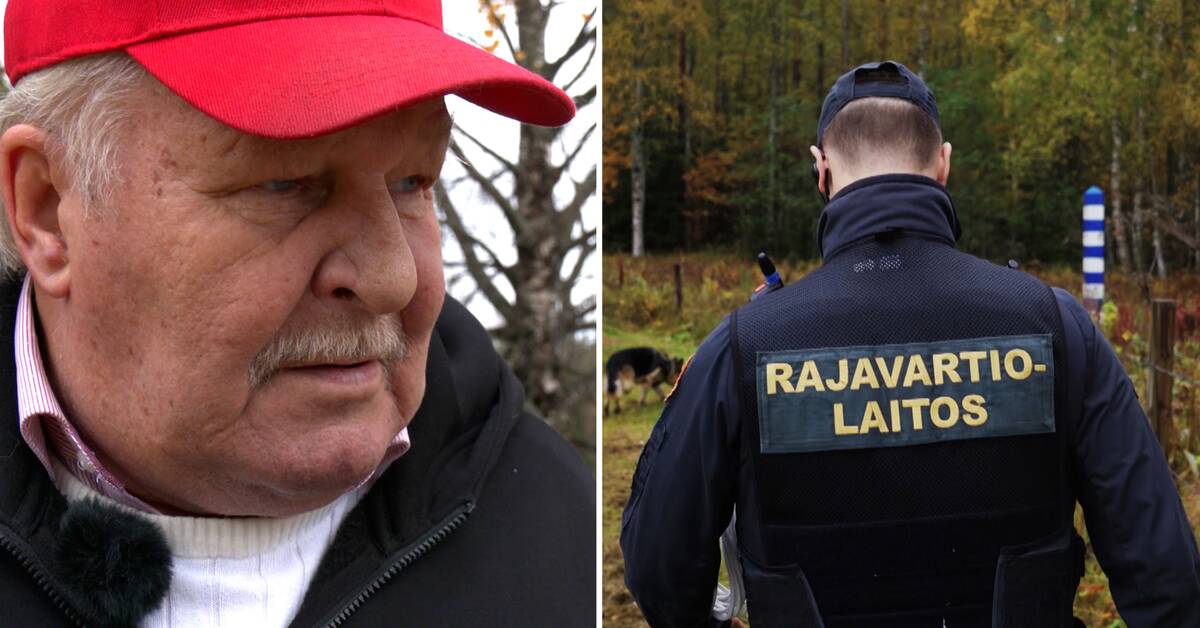We walk in the autumn landscape along the border zone near the town of Kides in northern Karelia.
The national border is only a few hundred meters beyond the big yellow stop signs.
Sutinen managed to work as a border guard here for around 30 years before retirement and has seen everything from bears and heavily intoxicated people to Russian agents in the border zone.
- We guarded the border with skis in the winter, on foot and by bike in the summers.
Sutinen is critical of the plans for a fence, he thinks the 200 million euros it is estimated to cost could be used in a better way.
- Develop the border guard system, add more staff, increase surveillance.
It could be better than a fence.
Fences stop no one.
Just listen to the authority
Jussi Laine, professor of interdisciplinary border studies at the University of Eastern Finland, is on the same line.
He understands that the Border Guard is pushing the line that a fence should be built, but thinks that politicians should listen to more than them and take in what, for example, scientists say.
When the fence discussion began before the war in Ukraine, it was about protecting against the use of asylum seekers as a method of political blackmail.
At the time, many parties opposed the fence, now everyone involved agrees that it is needed.
Laine sees similarities in the logic of Donald Trump's fence project on the Mexican border, and feels that the politicians are painting abstract images of threats.
- Now they refer to national security, and clearly no party can oppose it.
They haven't even defined what problem they want to solve, but offer a concrete solution here.
The fence has enormous symbolic significance, perhaps to increase the psychological sense of security, says Laine.
Follow SVT to the border and hear the different thoughts about the border fence in the video above.

